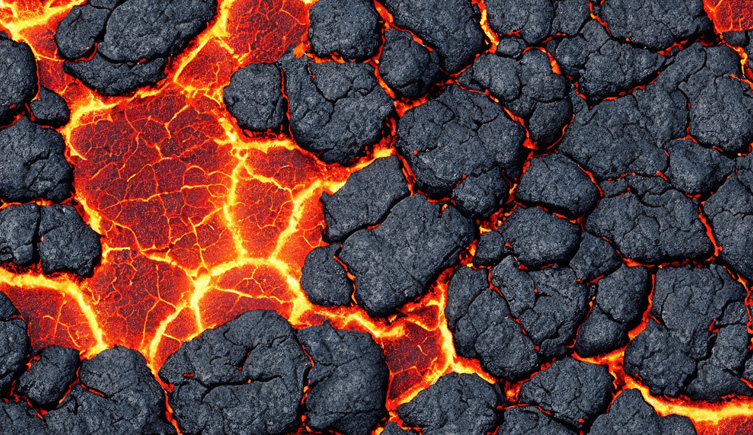Application details
Deadline to apply: Monday 20 January 2025, 17:00 GMT

© Yngstrom/Shutterstock
The chemistry, mineralogy and temperature of Earth’s interior are the most fundamental properties of our planet. It is these properties that control Earth’s evolution, not only of its interior but also of its atmosphere, climate and surface environment over geological time. However, studying the deep Earth is not a straightforward task as direct sampling is limited to ~ 10km depth. We instead rely on petrology and geophysics – predominantly the interpretation of seismology – to understand anything except the near surface.
Fortunately, seismic observations are high quality and abundant. The problem is that the experimental data needed for reliable interpretations remains sparse. In particular, the available thermoelastic data for minerals thought to be abundant in the oceanic and continental crust (e.g. pyroxene, amphibole, serpentine, chlorite, feldspar) at mantle conditions are very poorly studied.
This PhD will utilise the NHM’s mineral collections, high pressure labs at UCL and diffraction capabilities at the NHM/UCL to measure the thermoelastic properties of Earth minerals at high pressure and high temperature conditions.
Lab experiments will be supplemented by application for instrument time at international synchrotron and/or neutron sources as appropriate. The data collected will be used to interpret geophysical observations of Earth’s interior.
Training in experimental techniques (Large Volume Press for synthesis and Diamond Anvil Cell for diffraction data collection) will be provided on a one-to-one basis by the supervisory team, but will additionally be supplemented by internationally run schools in experimental techniques for Earth Sciences (e.g. BGI summer school).
Training in reduction of diffraction data will be provided on a one-to-one basis by the supervisory team and/or lab managers of appropriate facilities, but this will also be supplemented by annual courses delivered by Diamond and ISIS. Training in the management of scientific collections, including subsampling, specimen care and data archiving, will be provided on a one-to-one basis at the NHM.
Deadline to apply: Monday 20 January 2025, 17:00 GMT
Natural History Museum
University College London

.png)